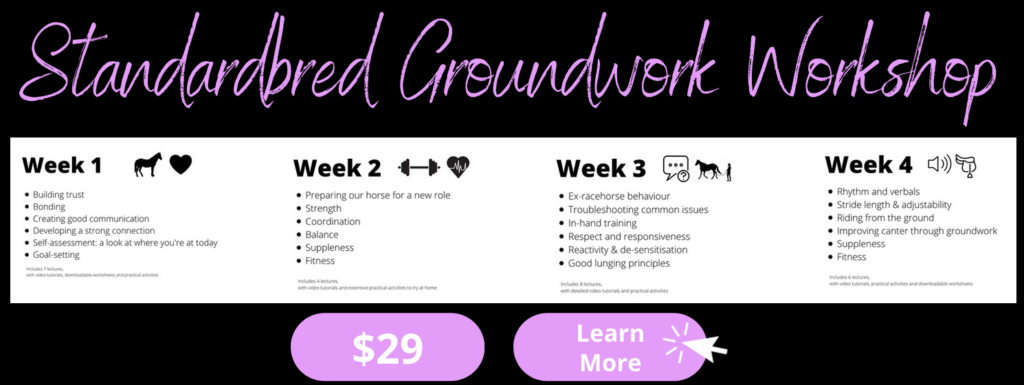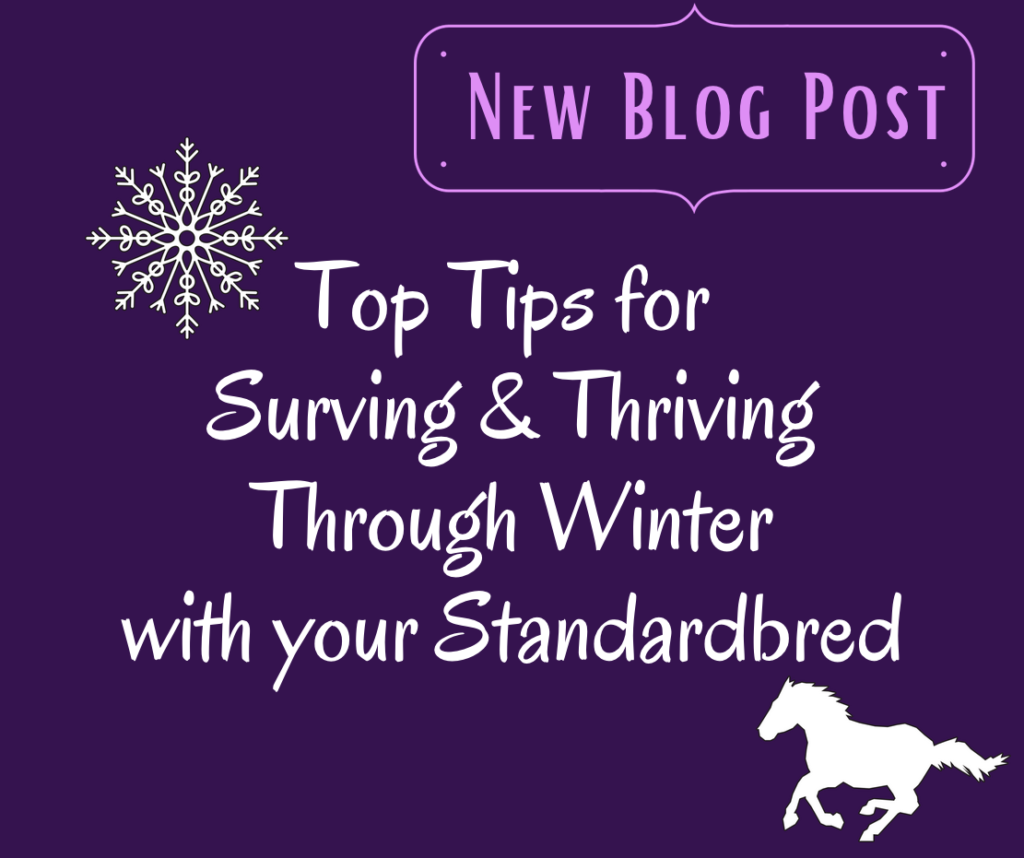Whether you’re riding through, or taking some time to become reacquainted with the comfy groove on the couch, here are Nic’s top tips for getting through this winter with a happy, healthy standy and a rider who’s ready to swing into the saddle come spring and do awesome things ??
Skidmarks: not cool in the laundry, or the paddocks.
If you’re powering through winter still managing to swing into the saddle, firstly a big fist-bump to you!
?? Stellar effort to throw that jacket on and trudge out into the sleet and bog to go ride your standy. The ‘fairweather rider’ in me salutes your commitment!

If your standardbred is finding some skills difficult, such as canter, or even becoming a little titchy at tack up time, I’d recommend you take a wander around your paddock and keep a look out for evidence of equine burnouts.
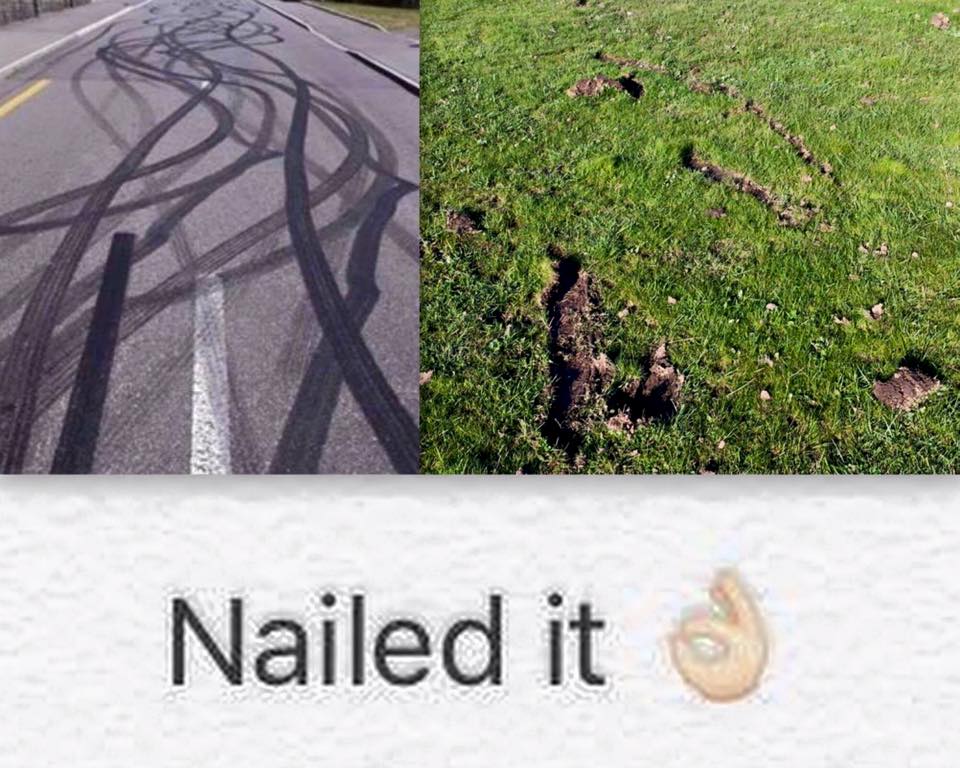
When the ground is wet there’s an increased chance of your horse sliding around and overextending itself.
Slip injuries are really common and can cause soft tissue strains which can hinder performance and make riding a rather uncomfortable experience for your four-hooved friend.
If you’re riding through the wet period, it might be a good idea to add an extra session with your equine bodyworker into your normal maintenance roster.
Standardbreds are known for being pretty stoic, which means they’ll often grit their teeth through a lot of discomfort with little complaint.
It’s awful to think your horse might be ‘sucking it up’ and working through pain ?
Being aware of the increased risk slippery paddocks present, and proactive about how you manage this, is a pretty simple way you can make sure you’re doing the right thing by your champ with a stamp this winter!
Some hay each day keeps the chills away.
Did you know that your horse has its very own internal heater system, able to pump the warmth out and keep them super toasty?
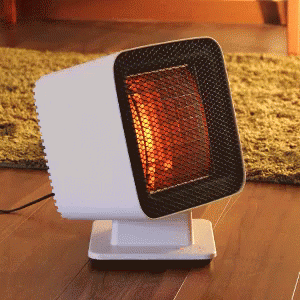
It’s true: our horses are equipped with a hind gut which causes fermentation to generate heat… and lots of it!
You can help keep that heater fuelled by ensuring your horse has ample access to long-stemmed dry matter, such as hay.
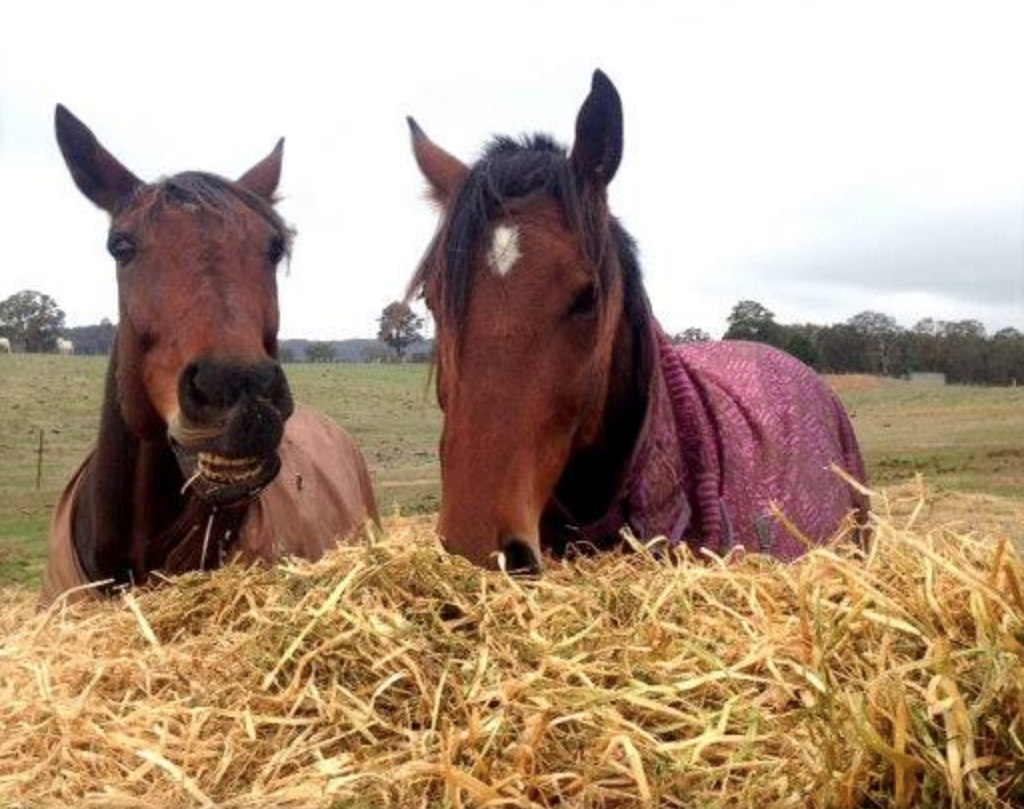
I’ve found that with ad-lib access to hay, my standardbreds maintain good gastric health and consistent weight, which keeps them feeling tip-top and reduces the need to ‘pump them up’ using hard feed (instead, I use hard feed as a way of adding fats, proteins and general vitamin supplementation into their diet).
If your horse gorges itself on hay, or spreads their round bale around to lie and poop in it, I’d recommend a bale net be added to reduce wastage.

The horse ate my homework.
If you’ve decided to take a ‘bear in hibernation’ approach to your horse pursuits across winter, don’t forget there are still many things you can do whilst out of the saddle to keep your standardbred journey tracking forward.

There are lots of interesting exercises you can do from home to develop your skills and knowledge as a horse person.
This means that when the weather warms up, you’ll be ready to swing into the saddle feeling motivated and knowing all the finer details about the skills you want to teach your horse.
